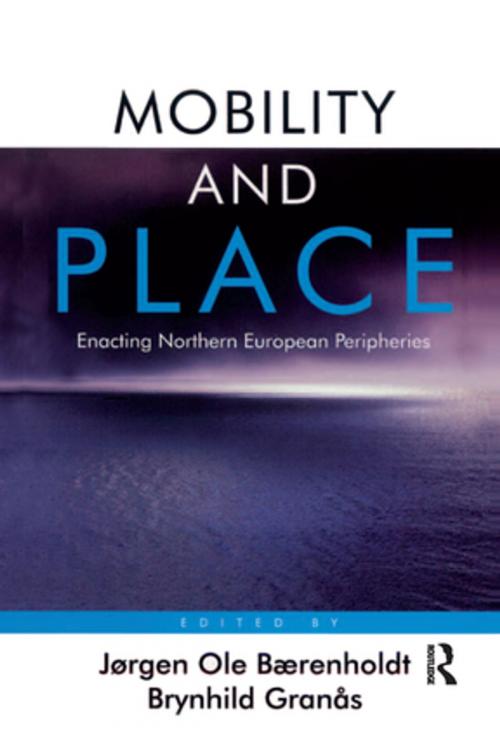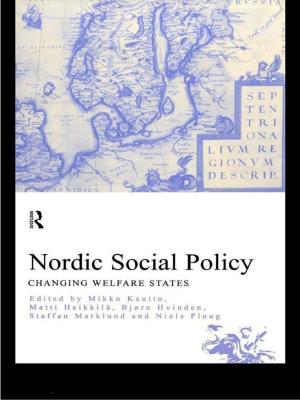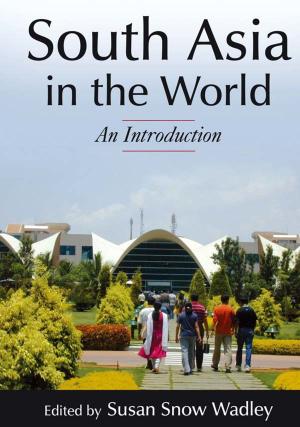Mobility and Place
Enacting Northern European Peripheries
Nonfiction, Science & Nature, Science, Earth Sciences, Geography| Author: | Jørgen Ole Bærenholdt, Brynhild Granås | ISBN: | 9781317095071 |
| Publisher: | Taylor and Francis | Publication: | April 15, 2016 |
| Imprint: | Routledge | Language: | English |
| Author: | Jørgen Ole Bærenholdt, Brynhild Granås |
| ISBN: | 9781317095071 |
| Publisher: | Taylor and Francis |
| Publication: | April 15, 2016 |
| Imprint: | Routledge |
| Language: | English |
The Northern peripheries of Europe, which are covered by this book, are associated with remoteness, the frontier, isolated communities, colonialism and resource extraction. Recently, huge projects in petroleum and hydropower have been located there, and the region has become better known as an attractive tourist destination. Although these spaces are perceived as being marginal, they are inhabited and linked into globalization and international agendas. This book examines how people live in such remote spaces in an emerging global world of connectivity, interdependency, mobility and non-linear dynamics. The various case studies examine a wide range of experiences, ranging from tourists and local settlers to those who migrate for labour in old or new industries, or to pursue the hybrid urban/rural life of the periphery. In this book, mobility and place come together. The analyses demonstrate how mobility and place mutually constitute each other and how specific relationships between the two aspects are crucial in the making of societies. The authors study attempts to reinvent places, together with connections and the opening of 'new scapes' in order to sustain businesses, municipalities and people's livelihood.
The Northern peripheries of Europe, which are covered by this book, are associated with remoteness, the frontier, isolated communities, colonialism and resource extraction. Recently, huge projects in petroleum and hydropower have been located there, and the region has become better known as an attractive tourist destination. Although these spaces are perceived as being marginal, they are inhabited and linked into globalization and international agendas. This book examines how people live in such remote spaces in an emerging global world of connectivity, interdependency, mobility and non-linear dynamics. The various case studies examine a wide range of experiences, ranging from tourists and local settlers to those who migrate for labour in old or new industries, or to pursue the hybrid urban/rural life of the periphery. In this book, mobility and place come together. The analyses demonstrate how mobility and place mutually constitute each other and how specific relationships between the two aspects are crucial in the making of societies. The authors study attempts to reinvent places, together with connections and the opening of 'new scapes' in order to sustain businesses, municipalities and people's livelihood.















